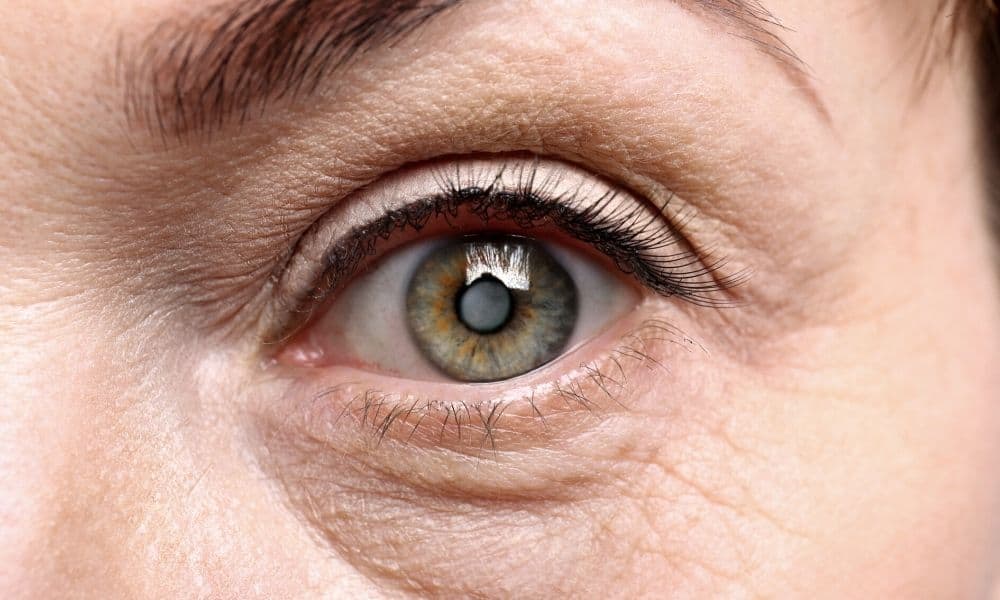Our bodies can fail us in so many ways as we get older. We develop aches and pains we never could’ve have imagined; we find ourselves going to the bathroom too much or not enough; and words stay on the tips of our tongues for one moment too many. In addition to all of those, an almost unavoidable consequence of aging is dealing with eye issues—the inability to see up close, far away, or to the sides. Here are some of the most common geriatric eye diseases and how doctors preserve sight in seniors.
Cataracts
One condition that’s very common in old age is the development of cataracts, or the encroaching opacity of the eyes’ lenses. Proteins that accumulate in the lenses make it difficult to see clearly, necessitating the outright removal of the eye’s natural lens. This used to mean replacing the lens with corrective eyeglasses or contact lenses, but ophthalmologists are now able to implant an artificial lens that can not only restore sight but improve it.
Glaucoma
Among the more pernicious eye diseases is glaucoma, which occurs when pressure on the optic nerve causes damage that gradually reduces the field of vision. This pressure comes from fluid within the eye, which—in instances of insufficient drainage—causes the eye to bear down heavily upon the optic nerve, damaging cells. Glaucoma has cost millions of people their vision, but ophthalmologists can identify elevated intraocular pressure thanks to the advent of the tonometer, a device that responds to the elasticity of the cornea to gauge intraocular pressure. There’s no cure for damage to the optic nerve, but doctors can intervene by medically or surgically aiding the eye in draining to prevent further damage.
Macular Degeneration
More common than glaucoma and cataracts combined, macular degeneration occurs when damage occurs in the retina. Glaucoma most often affects peripheral vision first and spreads inward, but macular degeneration diminishes sight in the center of the field of vision. Genetic and environmental factors can contribute to the onset of macular degeneration, meaning that seniors who smoke and have sedentary lifestyles are at elevated risk.
Presbyopia
Presbyopia’s very name—from the Greek words for “elder” and “eye”—suggests it would be among the most common geriatric eye diseases. Its name could encompass a multitude of afflictions, but presbyopia is more specifically the technical name for farsightedness, or the loss of focus in the close field of vision. Presbyopia naturally occurs as our eyes age, and with our aging population, the proliferation of reading glasses for sale at pharmacies is hard to miss. Reading glasses make useful technical solutions to presbyopia, but in more severe cases, patients may opt for corrective surgery, whether through refractive surgery or lens implants.







